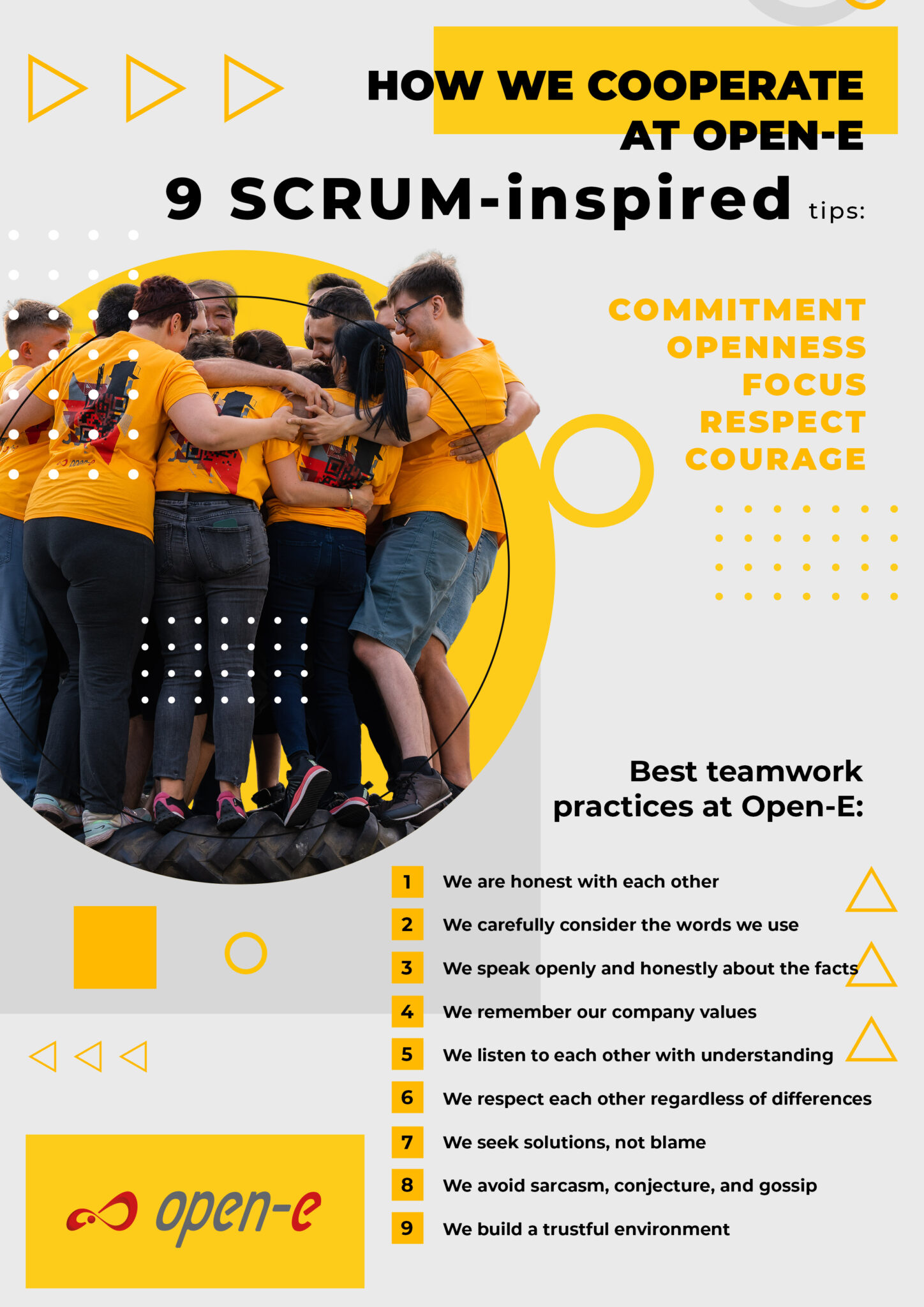Women have been integral to the development of the IT industry from its very beginnings, but their roles have often been marginalized. Today, while progress is being made in increasing female representation in the workforce, significant gaps remain. So, let’s explore the history, challenges, and emerging trends regarding women’s representation in tech and highlight key figures who have paved the way for future generations.
Women in Computing: Statistics and Trends
The situation of women in the IT industry is complex and characterized by underrepresentation despite their historical contributions to the field. In the U.S., the percentage of women earning computer science undergraduate degrees is around 20%, while historically it was closer to 18%. — significantly lower than in the 1980s when it was 37%. However, there has been a slight increase in recent years. Deloitte (a company that makes forecasts regarding the representation of women in the technology industry) predicts that women will make up 33% of the industry by the end of this year (a 2% rise compared to pre-pandemic levels), but the pace of change remains unsatisfactory.
The Gender Gap in IT: A Historical Perspective
Several historical and social factors have contributed to male dominance in the IT industry:
- Early computing days
In the early days of computing, women played a crucial role (e.g., working on military projects like ENIAC and developing compilers, such as Grace Hopper’s work). However, their contributions did not translate into recognition or equal status. Women were often behind the scenes in software development, while men specialized in hardware, which was perceived as more prestigious. Women were usually excluded from recognition, even during commemorations of their work, such as those honoring the ENIAC project.
- Shifting perceptions of computing
During the 1970s and 1980s, the software revolution in Silicon Valley and the rise of figures like Steve Jobs and Bill Gates contributed to a cultural shift. The image of the “computer genius” became stereotypically associated with men, reinforcing gender biases in the industry.
- Impact of pop culture and marketing
Movies, advertisements, and media reinforced the stereotype of the “nerdy” male programmer. Video games and personal computers were marketed primarily to boys and placed in the “male” sections of toy stores, while women were often depicted only as wives or product models rather than active participants.
- Recruitment practices and workplace culture
Many tech companies struggled to recruit and retain women, partly due to a lack of understanding of how to support them in male-dominated workplaces. Women were often rejected with the justification that they did not “fit the company culture,” which was frequently a euphemism for male employees’ inability or unwillingness to work with women.
- Stereotypes and lack of confidence
Girls are frequently discouraged from engaging with math and science from an early age due to the persistent stereotype that “girls aren’t good at math”, leading to lower self-confidence in these subjects.
- Limited career path perception
There is a common misconception that the only career path for women in IT is engineering. However, IT is a broad field that includes roles such as analysts, project managers, cybersecurity specialists, policymakers, researchers, entrepreneurs, and tech journalists. Formal IT qualifications are not always necessary, and soft skills like communication and problem-solving are highly valuable.

The Unsung Heroines of Technology
So, who should we look for to determine women’s work’s importance before men took over the industry? Here are some of the most significant examples:
Ada Lovelace (1815–1852)
Ada Lovelace, the first computer programmer, was an English mathematician who saw the potential of Babbage’s Analytical Engine beyond simple calculations. In 1843, she wrote the first algorithm for a machine, laying the groundwork for modern computing. Her contributions were largely unrecognized until the mid-20th century when the U.S. Department of Defense named a programming language “Ada” in her honor.
Grace Hopper (1906–1992)
Grace Hopper was a pioneering computer scientist and U.S. Navy rear admiral who made foundational contributions to programming languages and software development. She developed the first compiler, which translates human-readable code into machine language. Grace also played a key role in creating COBOL (Common Business-Oriented Language), one of the earliest high-level programming languages still used today. Known as “Amazing Grace,” she also popularized the term “debugging” after removing a moth from a computer relay. Hopper’s work has had a lasting impact on making programming accessible and practical for broader applications.
The ENIAC Programmers (1940s)
The ENIAC Programmers — six women including Jean Bartik, Betty Holberton, Kathleen Antonelli, Marlyn Meltzer, Frances Spence, and Ruth Teitelbaum—were instrumental in programming the ENIAC (Electronic Numerical Integrator and Computer), the first general-purpose electronic computer. Despite working with no prior examples or programming manuals, they developed complex algorithms to solve ballistic calculations for the U.S. Army during World War II. Their contributions were largely overlooked at the time but have since been recognized as vital to the early history of computing.
Stephanie Shirley (1933–)
Stephanie Shirley is a British IT pioneer and entrepreneur who founded Freelance Programmers in 1962, a software company primarily employing women. Her company worked on critical projects such as programming for Concorde’s black box flight recorder. Shirley championed flexible work environments for women and broke barriers in an industry dominated by men. She later became a philanthropist, supporting STEM education and autism research.
Marissa Mayer (1975–)
Marissa Mayer is an American computer scientist and business executive who became Google’s first female engineer in 1999. She played a key role in designing Google’s search interface and user experience during its early years. Later, as CEO of Yahoo! from 2012 to 2017, Mayer sought to revitalize the struggling tech company through acquisitions and product innovations. While her tenure at Yahoo! faced mixed reviews, her influence on user-focused design and leadership in Silicon Valley remains significant.
These women represent just a fraction of the countless individuals who have shaped the IT landscape. While progress has been made, continued efforts are crucial to ensure a more equitable and inclusive future for women in technology.
The Role of Leadership and Inclusion
The IT industry has the potential to be more inclusive and innovative by embracing diversity and addressing the barriers that continue to hinder women’s participation. Various data and analyses indicate cautious optimism regarding the increased representation of women in large tech companies, with a predicted rise to nearly one-third of the total workforce by 2022. However, achieving true gender equality in the tech industry requires much more than slow progress. Renewed and intensified engagement is necessary across multiple fronts, from eliminating biases in recruitment and promotions to creating inclusive work cultures that support work-life balance, especially in the face of challenges deepened by the pandemic. Support for women in technology, media, and telecommunications, including flexible work arrangements and well-being programs, can help counteract burnout and increase talent retention. In the long term, the use of remote and hybrid work models can open access to a broader and more diverse talent pool. Beyond recruitment efforts, focusing on retention and promoting women is equally important through formal mentoring programs and setting promotion goals. Ultimately, lasting change requires strong leadership commitment and a strategic approach to diversity, equity, and inclusion based on measurable goals, transparency, and accountability. Only through coordinated and consistent actions can the tech industry fully leverage the potential of women and build a more innovative and equitable work environment.
Open-E – the Company of Team Players
At Open-E, we operate according to the code of values we have adopted. One of them is being team players – because only through open-minded teamwork can we make a difference. Therefore, we implement practices that help us not only develop our flagship product – Open-E JovianDSS, but also keep growing as a well-integrated team. These practices include being honest, considering the words we use, listening to each other, and respecting each other to build a trustworthy environment for everybody at the company. Appreciating the importance of women is an integral component of these very values.





